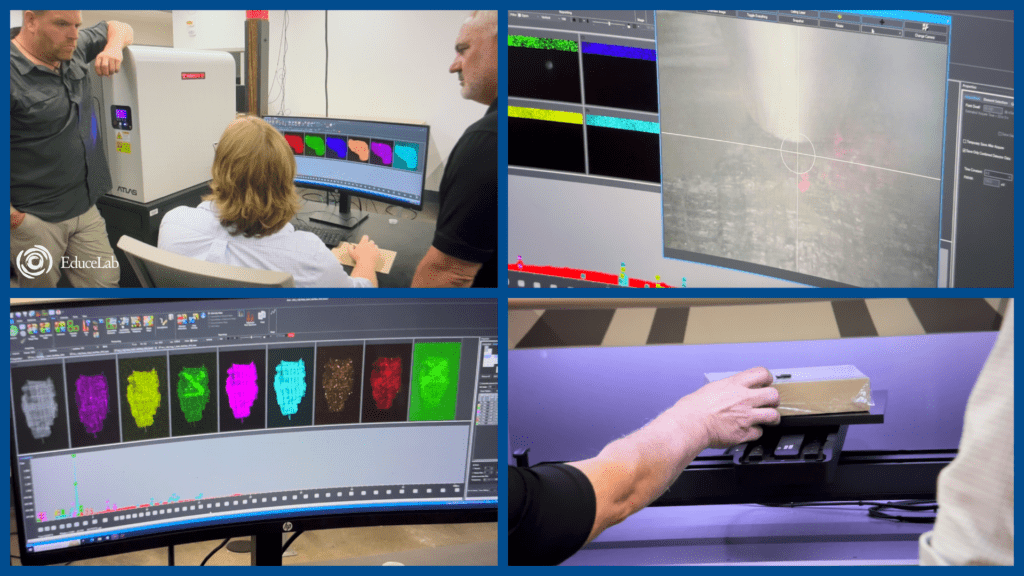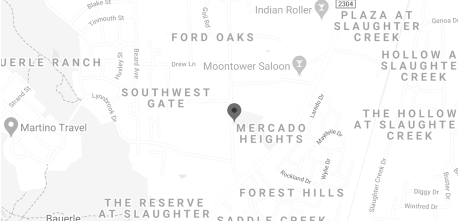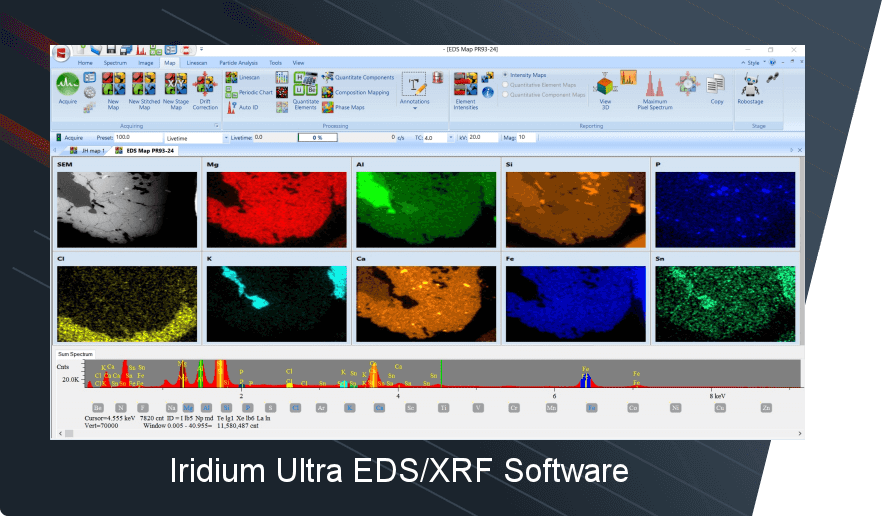At IXRF Systems, we take pride in advancing the understanding of historic and prehistoric artifacts through innovative technologies. Among our flagship offerings, the Atlas X microXRF stands out as an exceptional tool for compositional analysis, particularly in the realm of historic and prehistoric pigments on artifacts like pottery, ceramics, and paintings. In this article, we’ll explore the unique strengths of the large-chamber Atlas X microXRF, exploring how its design helps to reveal secrets hidden in ancient pigments.
Why Pigment Analysis Matters
Pigment analysis is critical for historians and archaeologists. By understanding the elemental composition of pigments used in ancient artifacts, researchers gain insights into trade routes, technological development, and cultural exchange among early civilizations. However, analyzing fragile artifacts without damaging them is challenging. That’s where non-destructive techniques like microXRF (micro X-ray fluorescence) become invaluable, allowing scientists to analyze the material composition with high precision and without sample alteration.

Figure 1. Oil Painting Maps
The Power of the Atlas X MicroXRF
The Atlas X microXRF is uniquely suited for the study of historic and prehistoric pigments due to several distinctive features:
Large Chamber Size: The Atlas X boasts a 940 x 660 x 355 mm chamber. This spacious design enables it to accommodate large or oddly shaped artifacts, such as fragments of pottery and paintings. Researchers can analyze larger areas of artifacts in a single scan, providing a more comprehensive compositional map of pigments across the entire surface.
Vacuum Capability: Many historic pigments contain light elements that are difficult to detect in the presence of atmospheric air. The Atlas X’s chamber can be evacuated, pulling a vacuum that significantly improves the detection of lighter elements like sodium, magnesium, and aluminum, which are commonly present in ancient pigments. This feature is particularly useful for distinguishing subtle variations in pigment composition that may be indicative of specific time periods or geographic origins.
Non-Destructive Analysis: Unlike some other techniques, the Atlas X provides non-destructive analysis. This is essential when studying irreplaceable historic artifacts, as it ensures that objects remain intact and unharmed throughout the analysis process. The microXRF approach enables a fine analysis of pigments without any invasive sampling, preserving the integrity of precious artifacts.
Real-World Applications: Case Study at EduceLab
Recently, the Atlas X was utilized by researchers at the EduceLab at the University of Kentucky for pigment analysis on historic and prehistoric artifacts, including Native American pottery and modern paintings that served as comparative models. These projects, led by Michael Detisch and his team, demonstrated the value of the Atlas X in identifying pigment compositions on artifacts from different eras and regions.

Figure 2. Behind the scenes at the Educe Lab and their Atlas X system
The team’s work highlighted the versatility of the Atlas X microXRF in providing high spatial resolution, elemental maps of pigment materials, revealing the specific mineral compositions and structural details of each artifact’s coloration.
Analyzing Southeastern Ceramics
One particularly fascinating artifact studied was an archaeological ceramic sherd from the southeastern region of the United States.

Figure 3. Pottery samples
This sherd clearly exhibited a red iron oxide pigment, a hallmark of the ceramics from this region, as well as a shell temper mixed into the clay during its manufacture. By studying the pigments used and the clay/temper composition, researchers can trace the origins of the ceramics, matching them to specific groups and material sources within the surrounding areas.

Figure 4. Southeastern Ceramic maps

Figure 5. Southeastern Ceramic Sum Spectrum Map
Such analyses provide critical context, deepening our understanding of the interactions and movements of ancient communities.
A Special Thanks
We extend our gratitude to Michael Detisch and the EduceLab team at the University of Kentucky for their dedication and innovative research using the Atlas X. Their work not only pushes the boundaries of archaeological science but also showcases the critical role of advanced instrumentation in preserving cultural heritage.
The Atlas X is opening new avenues for researchers, and we’re thrilled to be a part of this exciting journey. Whether you’re working in archaeology, cultural heritage, or materials science, we invite you to explore the possibilities that the Atlas X microXRF can offer. At IXRF Systems, we’re committed to helping you uncover the past with confidence and precision.


